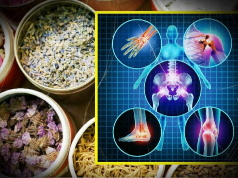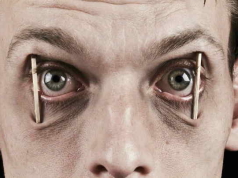For the many of us, sitting for 8-10 hours in a day is part of our job. For some, it’s a lifestyle brought upon by the advent of modern conveniences such as TV, computers and automobiles.
But here are some facts that might want you to stand up:
- Right after you sit down, your muscle’s electrical activity starts to slow down and the amount of fat you burn drop to 1 calorie per minute. Also, the enzymes that help break down your fat drop down to 90%.
- After two hours of sitting, the amount of good cholesterol (high-density lipoprotein) in your blood also drops to 20%, reducing its ability to dissolve and eliminate bad cholesterol (low-density lipoprotein or LDL) that is clogging your arteries.
- Here’s more sobering. After 24 hours of sitting, your blood glucose uptake in insulin is reduced to 40%, putting you at risk to type 2 diabetes.
- And after two weeks of sitting for more than 6 hours a day, your body’s fatty molecules, LDL, and resistance to insulin increase. This means that your muscles are not taking in fat and start to atrophy. Your sugar level is also on the rise and your maximum oxygen consumption drops, making walking and climbing harder and posing you at risk to weight gain.
Lead this sedentary lifestyle for years and the long-term effects of sitting will be hard to reverse. You can lose up to 1% of bone mass per year for sitting over 6 hours a day. You also increase your risk to prostate or breast cancer by 30% and of dying from heart disease by 64%.
How to Avoid This Death Trap
The solution to this dilemma is simple, and you practically need to do only two things to counter the negative health effects of sitting without leaving your job and still maintaining your lifestyle.
The first is to make it a point to stand every 30 minutes or every hour. According to an Australian study, taking short breaks from sitting can alleviate or prevent most of the health consequences described above. So, at work, give your body a 3-minute break every hour by either stretching your leg muscles, taking a short walk to the water dispense or coffee maker, or personally talking with colleagues instead of communicating with them via messenger.
The second solution is to engage in a physical activity for at least 30 minutes every day. Take your dog for a walk, jog in the morning, whip up your favorite dish, or do the garden. If you don’t have 30 minutes to spare, you can break this up throughout the day.





